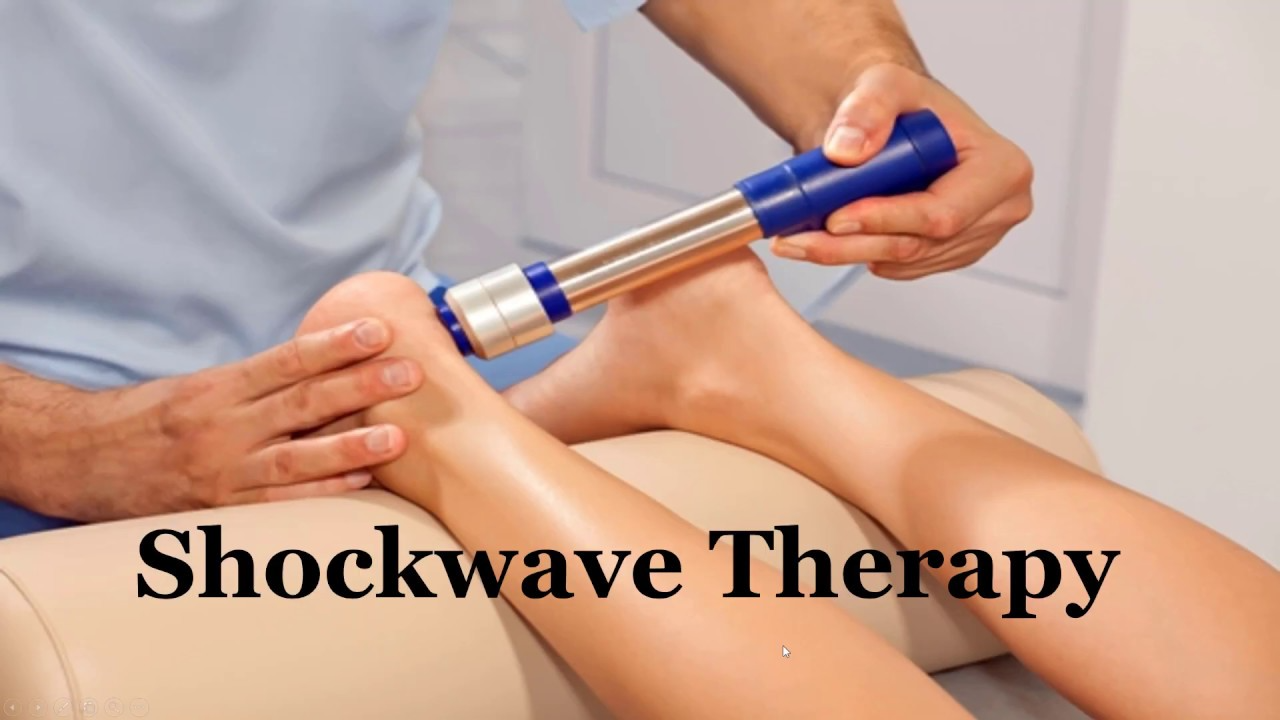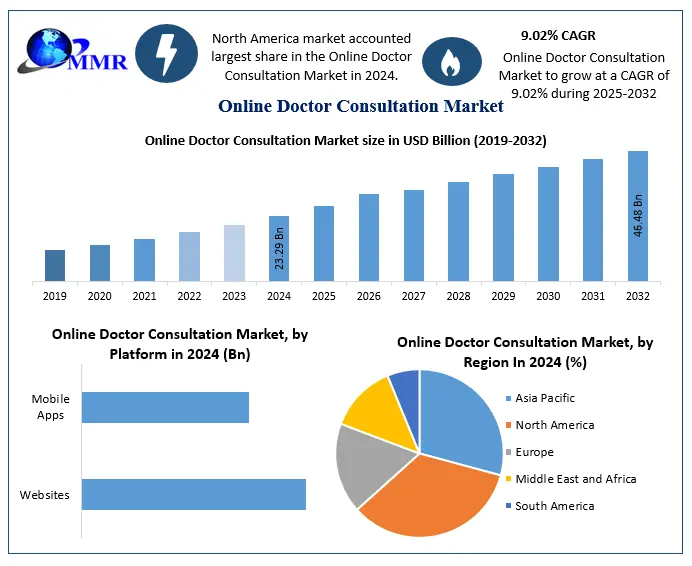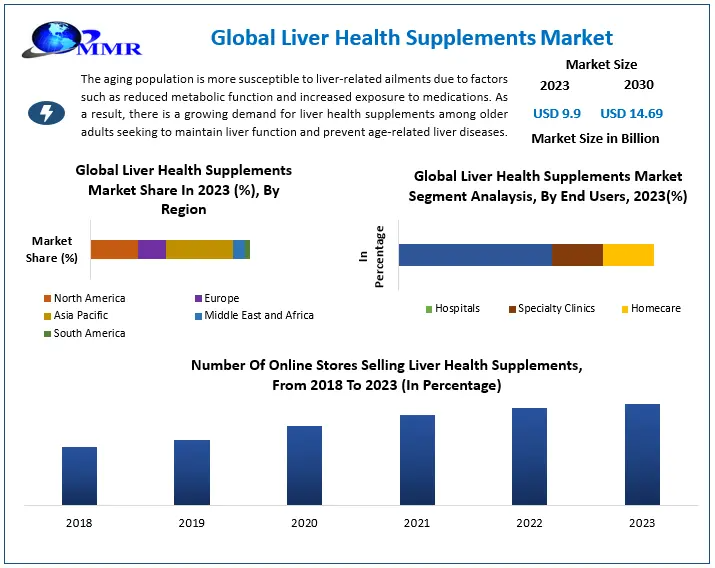Shockwave Therapy Market Set to Reach USD 2.44 Billion by 2032, Driven by Advancements in Non-Invasive Pain Management
The Shockwave Therapy Market valued at USD 1.43 billion in 2024, is projected to reach USD 2.44 billion by 2032, growing at a compound annual growth rate (CAGR) of 6.9% during the forecast period. This growth is propelled by the increasing prevalence of musculoskeletal disorders, advancements in medical technology, and rising demand for non-invasive therapeutic options.
Market Estimation & Definition
Shockwave therapy, also known as Piezowave therapy, is a non-invasive treatment modality that utilizes acoustic waves to promote healing and regeneration in affected tissues. It is particularly effective in treating musculoskeletal conditions such as plantar fasciitis, calcific tendinopathies, lateral epicondylitis, and non-union fractures. The therapy stimulates circulation, enhances collagen production, and accelerates tissue repair, making it a preferred choice for patients seeking alternatives to surgical interventions.
The global market encompasses various techniques, including electrohydraulic, piezoelectric, and radial shock waves, each offering distinct advantages in treating specific conditions. The market’s expansion is further supported by the increasing adoption of shockwave therapy in clinical settings and the growing awareness among patients and healthcare providers about its benefits.
Market Growth Drivers & Opportunities
1. Rising Prevalence of Musculoskeletal Disorders
Musculoskeletal disorders, including arthritis, back pain, and tendonitis, are prevalent worldwide, particularly among the aging population. In the UK alone, approximately 20.3 million people suffer from such conditions, representing nearly one-third of the population. This high incidence drives the demand for effective treatment options like shockwave therapy.
2. Increasing Adoption in Sports Medicine
Athletes frequently experience musculoskeletal injuries, leading to a growing demand for effective and rapid recovery treatments. Shockwave therapy has gained popularity in sports medicine due to its ability to accelerate healing and reduce recovery time, enabling athletes to return to their activities more swiftly.
3. Technological Advancements
Advancements in shockwave therapy devices have enhanced their efficacy and user-friendliness. Modern devices offer features such as adjustable energy levels, ergonomic designs, and portability, making them more accessible and appealing to healthcare providers and patients alike.
4. Favorable Reimbursement Policies
In several regions, including North America and Europe, favorable reimbursement policies for non-invasive therapies have encouraged healthcare providers to incorporate shockwave therapy into their treatment protocols, further boosting market growth.
Grab Sample Now : https://www.maximizemarketresearch.com/request-sample/183124/
Segmentation Analysis
By Technique
-
Electrohydraulic Shock Waves: These devices generate shockwaves using an electrical discharge in water, producing high-energy waves suitable for deep tissue penetration. They are commonly used in urology and orthopedics.
-
Piezoelectric Shock Waves: Utilizing piezoelectric crystals, these devices produce focused shockwaves with precise control over energy levels, making them ideal for treating localized conditions.
-
Radial Shock Waves: Radial shockwave therapy delivers low-energy waves that spread out radially from the point of application, suitable for treating superficial musculoskeletal disorders.
By Application
-
Orthopedic: The largest segment, encompassing conditions such as plantar fasciitis, calcific tendinopathies, and non-union fractures.
-
Cardiology: Emerging applications in treating calcified arterial lesions using intravascular lithotripsy, a technology that utilizes shockwaves to break down arterial calcium deposits.
-
Urology: Shockwave therapy is utilized in lithotripsy procedures to fragment kidney stones, facilitating their removal.
-
Others: Includes applications in aesthetic medicine, veterinary care, and rehabilitation therapies.
By End User
-
Hospitals: The dominant end-user segment, benefiting from advanced infrastructure and specialized medical personnel.
-
Clinics: Increasing adoption due to cost-effectiveness and the growing trend of specialized outpatient care.
-
Others: Includes rehabilitation centers, sports medicine facilities, and home care settings.
Country-Level Analysis
United States
The U.S. holds a significant share of the global shockwave therapy market, driven by advanced healthcare infrastructure, high healthcare spending, and a strong focus on research and development. The increasing prevalence of musculoskeletal disorders and the growing adoption of non-invasive treatment options contribute to the market’s expansion.
Germany
Germany represents a key market in Europe, supported by a robust healthcare system and a strong emphasis on research and development. The country’s focus on early diagnosis and treatment of musculoskeletal conditions contributes to the growth of the shockwave therapy market.
India
In India, the shockwave therapy market is experiencing rapid growth due to the increasing incidence of musculoskeletal disorders, rising healthcare awareness, and the expansion of healthcare infrastructure. The adoption of shockwave therapy is further supported by favorable reimbursement policies and government initiatives promoting non-invasive treatment modalities.
To View More : https://www.maximizemarketresearch.com/market-report/shockwave-therapy-market/183124/
Competitive Landscape
The shockwave therapy market is highly competitive, with several key players dominating the global landscape. These companies are focusing on product innovation, strategic partnerships, and expanding their distribution networks to strengthen their market position.
Key Players
-
Dornier MedTech GmbH: A leading provider of shockwave therapy devices, known for its advanced technology and comprehensive product portfolio.
-
Zimmer MedizinSysteme GmbH: Offers a range of shockwave therapy devices catering to various medical specialties, including orthopedics and urology.
-
BTL Corporate: A global company specializing in medical and aesthetic equipment, with a strong presence in the shockwave therapy market.
-
Bio-Med Inc.: Provides innovative shockwave therapy solutions, focusing on user-friendly designs and cost-effective treatments.
-
DJO Global Inc.: A prominent player in the medical device industry, offering a range of shockwave therapy devices for musculoskeletal conditions.
These companies are investing in research and development to enhance the efficacy of their devices and expand their market reach.
Conclusion
The global shockwave therapy market is poised for significant growth, driven by the increasing prevalence of musculoskeletal disorders, advancements in medical technology, and rising demand for non-invasive therapeutic options. With ongoing research and development activities focused on novel therapies and personalized medicine, the market offers substantial opportunities for stakeholders. As healthcare systems worldwide continue to prioritize non-invasive treatments, the shockwave therapy market is expected to witness sustained growth in the coming years.
Contact Maximize Market Research:
3rd Floor, Navale IT Park, Phase 2
Pune Bangalore Highway, Narhe,
Pune, Maharashtra 411041, India
sales@maximizemarketresearch.com
+91 9607195908, +91 9607365656



